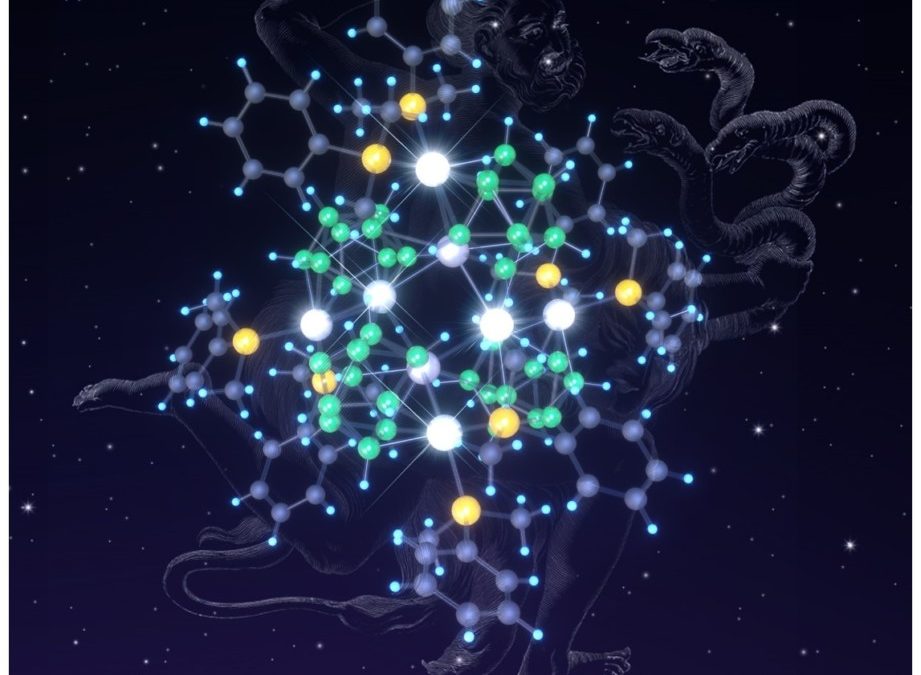The dimetallic boron hydride cluster, (PMe2Ph)4Pt2B10H10 (1-Pt2), is known to reversibly sequester small molecules (e.g., O2, CO, and SO2) across its Pt–Pt cluster vector. Here, we report the very different effect of the addition of nitric oxide (NO) to solutions of (1-Pt2) that prompts the elimination of some of its phosphine ligands and the autofusion of the resultant {(PMe2Ph)xPt2B10H10} units to afford the metallaborane conglomerates (PMe2Ph)8Pt8B40H40 (2-Pt8, 38%) and (PMe2Ph)5Pt4B20H20 (3-Pt4, 34%). Single-crystal X-ray studies of these multicluster assemblies reveal the links between the clusters to be a combination of both Pt–Pt bonds and Pt-μH-B 2-electron, 3-center bonds in (2-Pt8) and Pt-μH-B 2-electron, 3-center bonds in (3-Pt4). For compound (2-Pt8), the cluster assemblage can be effectively reversed by the addition of ethyl isonitrile (EtNC) to afford (EtNC)3(PMe2Ph)2Pt2B10H104 in quantitative yield. The compounds were characterized by mass spectrometry, multielement NMR spectroscopy, and single-crystal X-ray diffraction studies.
For full article click HERE

